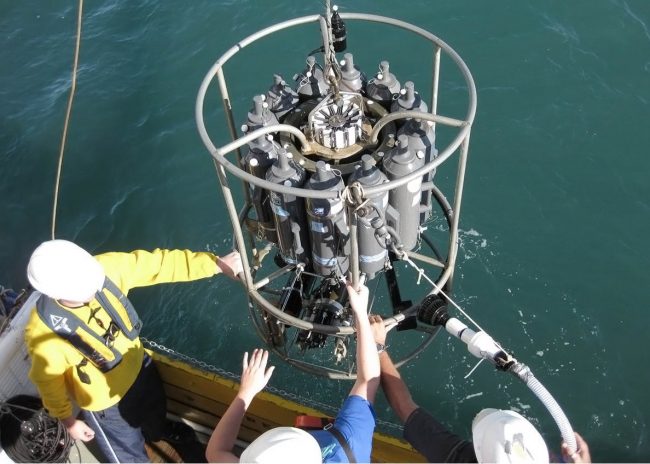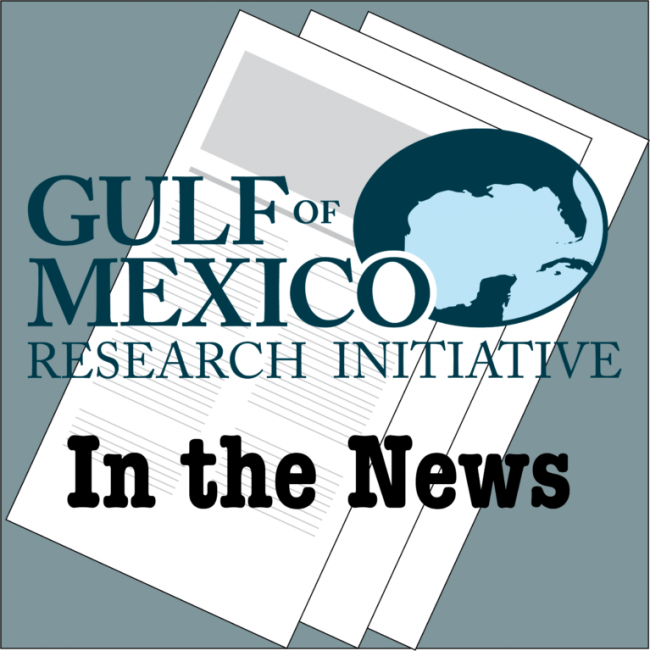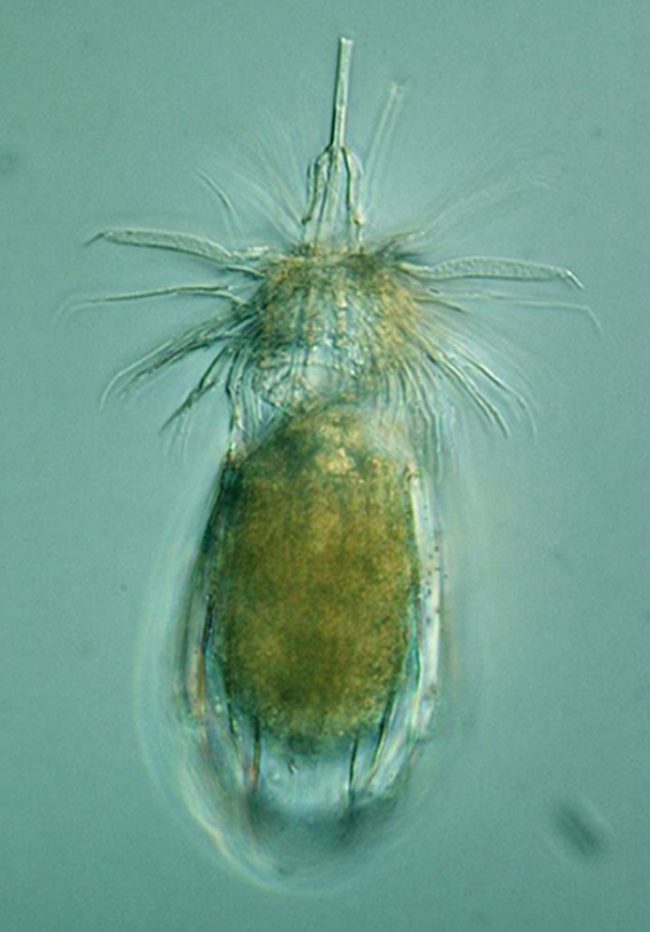A Closer Look at Oil and Water
Since the Deepwater Horizon oil spill in 2010, much has been written – in the popular press as well as scientific journals – regarding the potential impact the large volume of oil might have on the flora and fauna of the northern Gulf of Mexico.








